Accurate Plumbing Estimate for Apartments
Planning plumbing work for an apartment complex involves considering various cost factors to keep your budget in check. The total cost for this kind of project can range from $66,248 to $183,196, depending on what you choose to include. Materials like pipes, fixtures, and fittings will typically cost between $20,280 and $67,600. Labor is a big part of the expense, ranging from $40,560 to $101,400, as it involves skilled work for installation. You also have to account for permits and inspections to ensure everything meets local codes, which can add another $1,183 to $2,366. If you want additional features, such as advanced water systems or energy-efficient upgrades, you might spend an extra $4,225 to $11,830.
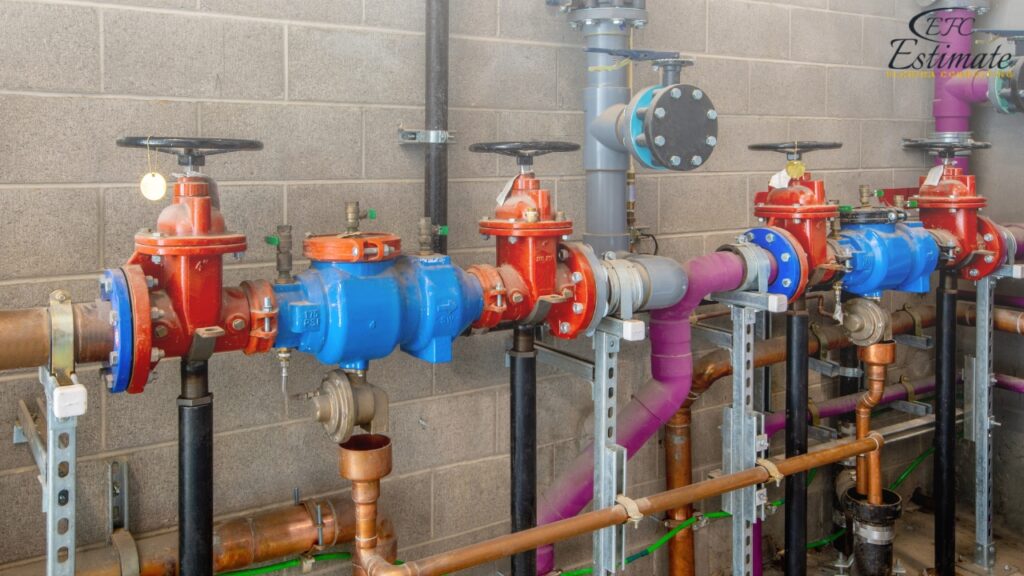
Knowing these costs upfront can help you plan the project more effectively and ensure everything goes smoothly.
Key Factors Influencing Plumbing Costs
Number of Units
The number of units in the apartment building is a primary factor influencing plumbing costs. More units require additional piping, fixtures, and installation time, leading to higher expenses. The layout of the units also affects the cost, as buildings with more compact designs may require less piping and labor compared to sprawling layouts. Consider both the current and future needs of the building to ensure that the plumbing system can accommodate changes in occupancy or usage patterns. The number of units also impacts the scale of the hot water system and other centralized plumbing components, further affecting overall costs. Properly estimating the number of units and their specific needs is essential for accurate budgeting and planning.
Cost Breakdown
Number of Units | Estimated Cost Range |
10 | $101,400 – $135,200 |
20 | $202,800 – $270,400 |
50 | $507,000 – $676,000 |
Type of Plumbing Materials
The materials used for plumbing can significantly impact the cost. Common materials include copper, PEX, and PVC, each with different price points and performance characteristics. The choice of materials can affect the longevity, maintenance requirements, and overall performance of the plumbing system.
- Copper: Known for its durability and resistance to corrosion, but more expensive than other options. Copper is often used in high-end developments or areas with specific building codes that require its use. Its longevity and reliability make it a preferred choice for many developers, despite its higher initial cost.
- PEX: Flexible and cost-effective, making it popular for residential plumbing systems. PEX is easy to install and resistant to freezing, making it a preferred choice for many contractors. Its versatility and affordability make it an attractive option for large-scale projects.
- PVC: Often used for drainage and waste systems, offering a budget-friendly solution. PVC is durable and resistant to chemical damage, making it suitable for waste management applications. Its low cost and ease of installation make it a common choice for budget-conscious projects.
Cost Breakdown
Material Type | Estimated Cost per Linear Foot |
Copper | $5.07 – $8.45 |
PEX | $3.38 – $5.07 |
PVC | $2.54 – $4.23 |
Labor Costs
Labor costs vary based on the complexity of the plumbing system, the region, and the contractor’s experience. Skilled labor ensures proper installation, reducing the risk of future issues. Factors such as building height, accessibility, and local labor rates can also affect overall costs. Hiring experienced plumbing contractors is essential to ensure compliance with building codes and regulations and to achieve high-quality workmanship. Labor costs can also be influenced by the complexity of the project, such as the need for custom plumbing solutions or challenging site conditions.
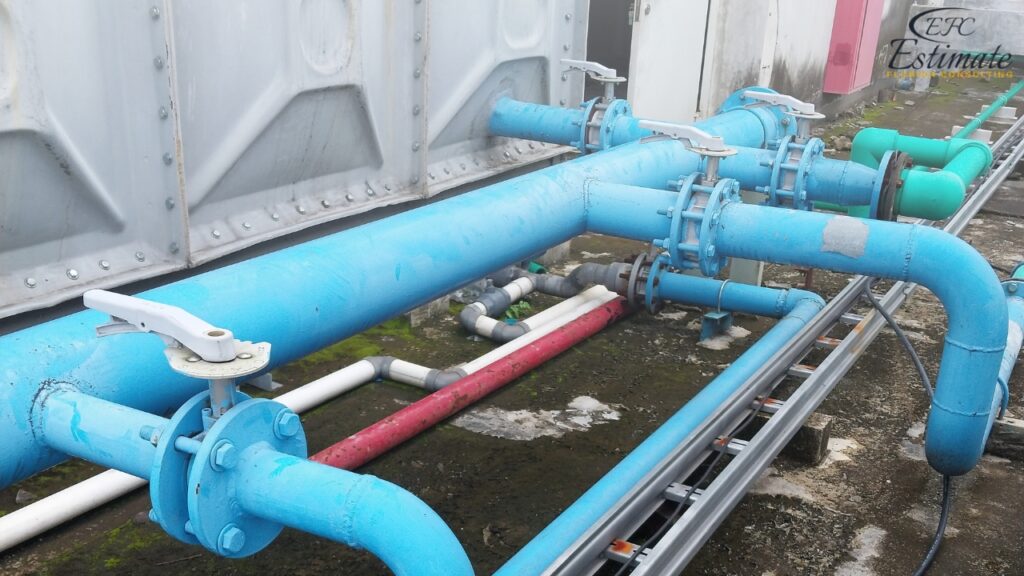
Cost Breakdown
Task | Estimated Cost Range (per Hour) |
Rough-in Plumbing | $84.50 – $143.00 |
Fixture Installation | $58.50 – $97.50 |
Additional Considerations for Plumbing Estimates
Permits and Inspections
Obtaining the necessary permits and scheduling inspections are essential steps in the plumbing installation process. Permit costs vary by location and building size but are crucial for ensuring compliance with local codes and regulations. Inspections help verify that the plumbing system is installed correctly and safely. Failure to obtain the proper permits or pass inspections can result in costly fines, delays, and potential legal issues. Properly managing permits and inspections helps avoid potential setbacks and ensures that the project proceeds smoothly.
Permit Type | Estimated Cost Range |
Plumbing Permit | $845 – $1,690 |
Inspection Fees | $338 – $676 |
Plumbing Guide
Duct Design & Installation
PEX Pipe Installation
Swimming Pool Plumbing
System Complexity and Features
The complexity of the plumbing system can impact costs, particularly if advanced features or technologies are included. This may involve high-efficiency fixtures, water-saving technologies, or advanced water heating systems. While these features can increase upfront costs, they often lead to long-term savings through reduced water usage and energy efficiency. Consider incorporating sustainable technologies that align with your building’s goals for energy efficiency and environmental responsibility. Investing in advanced systems can also enhance tenant satisfaction and attract environmentally conscious residents.
Feature | Estimated Additional Cost |
High-Efficiency Fixtures | $1,690 – $5,070 |
Advanced Water Heaters | $2,535 – $6,760 |
Accessibility and Building Design
Consider future needs when planning your plumbing system to accommodate potential changes in technology, regulations, or tenant preferences. Investing in flexible plumbing solutions can reduce the need for costly upgrades or modifications in the future. This approach helps ensure that your building remains competitive and attractive to tenants over time. Future-proofing your plumbing system involves selecting materials and designs that can easily adapt to new technologies or changes in tenant needs, such as the integration of smart home systems or increased demand for water-saving features.
Future-Proofing Your Plumbing System
The design and accessibility of the building can affect plumbing costs. Buildings with complex layouts, multiple levels, or limited access may require additional labor and materials to install plumbing systems. Consider the impact of building design on plumbing efficiency and ease of maintenance. Work with architects to design a layout that minimizes the complexity of plumbing runs and maximizes efficiency. Proper planning can reduce installation costs and improve the overall performance of the plumbing system, ensuring that it meets the needs of tenants and building operators.
Key Components of Apartment Plumbing Systems
Apartment plumbing systems are composed of several key components that work together to deliver water and remove waste effectively:
- Water Supply System: Includes the pipes and fixtures that deliver water to kitchens, bathrooms, and laundry areas. This system must be designed to ensure adequate pressure and flow to all units, regardless of their location within the building. Proper water supply design prevents issues such as low pressure and ensures that all tenants have consistent access to water.
- Drainage and Waste System: Manages wastewater removal and includes drain pipes, venting systems, and sewer connections. Proper design and installation are essential to prevent clogs, leaks, and other issues that can lead to costly repairs and tenant complaints. Effective drainage is crucial for maintaining sanitary conditions and preventing water-related damage.
- Hot Water System: Involves water heaters and associated piping to ensure an adequate supply of hot water to all units. The system must be sized appropriately to meet the demands of tenants and minimize energy consumption. Hot water systems are vital for tenant comfort and play a significant role in energy efficiency and cost management.
- Fixtures and Appliances: Encompasses sinks, toilets, showers, bathtubs, dishwashers, and washing machines that require plumbing connections. The selection of high-quality fixtures and appliances can improve water efficiency and reduce maintenance needs over time. Choosing reliable and efficient fixtures contributes to tenant satisfaction and reduces long-term operational costs.
Planning Your Plumbing Project
Conducting a Needs Assessment
Before starting your plumbing project, conduct a thorough needs assessment to determine the specific requirements of your building. Consider the number of units, expected occupancy levels, and any special features or amenities that may impact plumbing needs. This assessment will help you identify potential challenges and opportunities for optimization, ensuring a system that meets both current and future demands. Understanding the unique needs of your building allows for more precise planning and helps avoid costly modifications during or after construction. A comprehensive needs assessment should also take into account local building codes and regulations, ensuring that your plumbing system complies with all legal requirements.
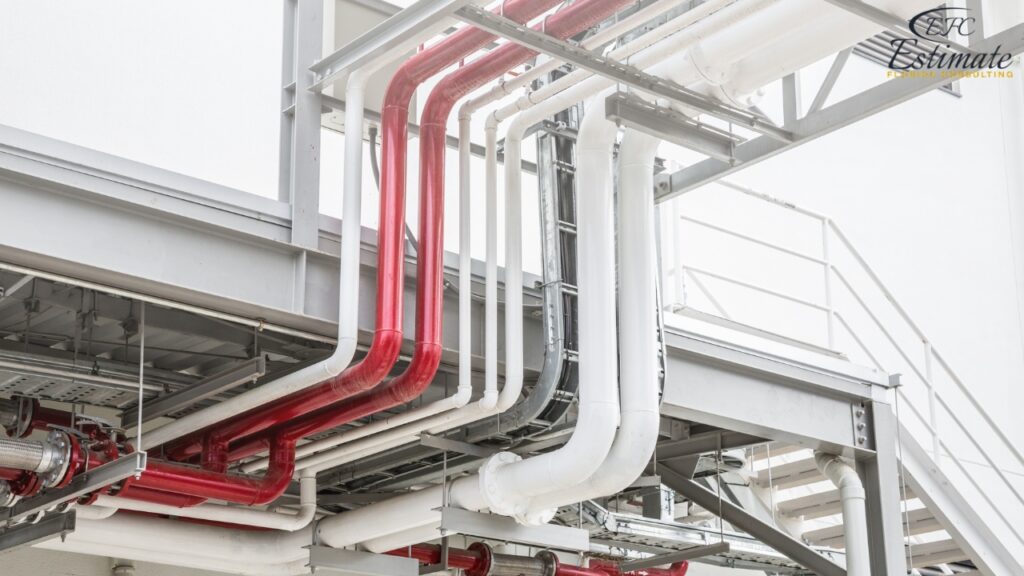
Collaborating with Architects and Engineers
Work closely with architects and engineers to integrate plumbing considerations into the overall building design. Their expertise can help identify the most efficient layout for pipes and fixtures, optimize water flow, and ensure compliance with local codes and regulations. Collaboration during the design phase can also help prevent costly changes or modifications later in the project. By involving architects and engineers early in the planning process, you can create a cohesive and efficient design that enhances the functionality and aesthetics of the building. Their input can also help identify innovative solutions to complex plumbing challenges, ensuring that the system is both practical and cost-effective.
Strategies for Accurate Plumbing Estimates
Detailed Planning and Design
Develop a detailed plumbing plan that outlines all components and their locations. This includes water supply lines, drainage systems, fixtures, and appliances. A comprehensive plan helps identify potential challenges and ensures all necessary materials and labor are accounted for in the estimate. Collaborate with architects and engineers to integrate plumbing considerations into the overall building design, optimizing efficiency and functionality. Detailed planning reduces the likelihood of errors and omissions, ensuring that the project stays on schedule and within budget.
Collaborate with Experienced Contractors
Work with experienced plumbing contractors who have a proven track record in apartment construction. Their expertise can help refine estimates and ensure accurate budgeting. Contractors familiar with local building codes and regulations can also streamline the permitting process and reduce the risk of costly delays. Collaborating with skilled contractors ensures that the plumbing system is installed to the highest standards, minimizing the risk of future issues and enhancing tenant satisfaction.
Include Contingency Allowances
Include a contingency allowance in your budget to cover unexpected expenses or changes in scope. This typically ranges from 10-15% of the total estimate and provides financial flexibility to address unforeseen issues without compromising the project’s timeline or quality. Contingency allowances help protect against unexpected challenges, such as changes in material prices or unanticipated site conditions, ensuring that the project remains financially viable even in the face of unforeseen circumstances.
Regularly Review and Adjust Estimates
Regularly review and adjust your estimates as the project progresses to account for changes in material prices, labor rates, or project scope. Keeping your estimates up-to-date helps ensure that your budget remains accurate and reflects the current market conditions. Regular reviews also help identify potential issues early, allowing for proactive adjustments and reducing the risk of budget overruns.
How To Estimate Florida Consulting help you for Plumbing?
Estimate Florida Consulting offers precise and reliable plumbing cost estimates for both residential and commercial projects. They help you break down costs for materials, labor, permits, and any unexpected repairs, ensuring you stay within budget. Whether you’re planning a new plumbing system or renovating, their expert team takes into account factors like pipe length, material type, and installation complexity. With their detailed estimates, you’ll have a clear understanding of the total cost before starting your project, helping to prevent costly surprises.
Download Template For Plumbing Project Breakdown
- Materials list updated to the zip code
- Fast delivery
- Data base of general contractors and sub-contractors
- Local estimators
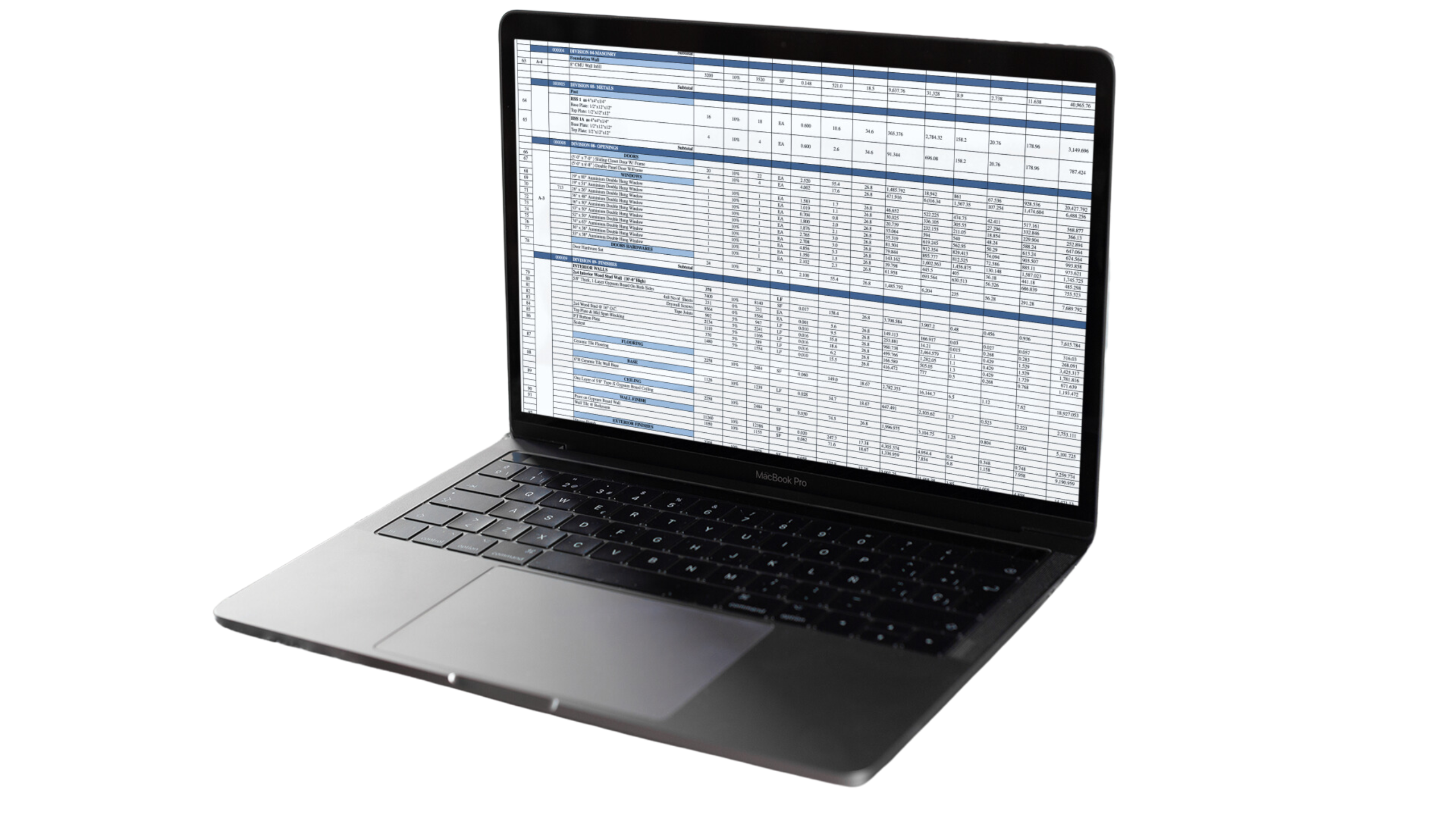
Conclusion
An accurate plumbing estimate for an apartment building involves considering various factors such as the number of units, materials, labor, and additional features. By understanding these components and working with experienced professionals, developers can ensure a successful project that meets budget and performance expectations. Careful planning and budgeting will help prevent unexpected costs and ensure a reliable and efficient plumbing system that supports tenant satisfaction and building functionality. Investing time and resources into accurate estimates and planning can lead to long-term savings, increased property value, and improved tenant experiences.
FAQs
The total cost for plumbing work in an apartment complex typically ranges from $66,248 to $183,196. This includes materials, labor, permits, inspections, and any additional features or upgrades.
The number of units is a primary factor influencing plumbing costs. More units require additional piping, fixtures, and installation time, leading to higher expenses. The layout of the units also impacts the cost, as more compact designs may require less piping and labor.
Here is the estimated cost breakdown for plumbing based on the number of units:
- 10 Units: $101,400 – $135,200
- 20 Units: $202,800 – $270,400
- 50 Units: $507,000 – $676,000
The materials used for plumbing, such as copper, PEX, and PVC, significantly impact costs. Each material has different price points and performance characteristics, affecting the overall expense and system longevity.
Here is the estimated cost breakdown for different plumbing materials:
- Copper: $5.07 – $8.45 per linear foot
- PEX: $3.38 – $5.07 per linear foot
- PVC: $2.54 – $4.23 per linear foot
Labor costs vary based on the complexity of the plumbing system, the region, and the contractor’s experience. Skilled labor ensures proper installation and compliance with building codes, reducing future issues.
Here is the estimated labor cost breakdown for plumbing tasks:
- Rough-in Plumbing: $84.50 – $143.00 per hour
- Fixture Installation: $58.50 – $97.50 per hour
Additional considerations include permits and inspections, system complexity, building design, and future-proofing. Proper management of these factors ensures compliance, efficiency, and long-term viability.
Here is the estimated cost breakdown for permits and inspections:
- Plumbing Permit: $845 – $1,690
- Inspection Fees: $338 – $676
Google Reviews

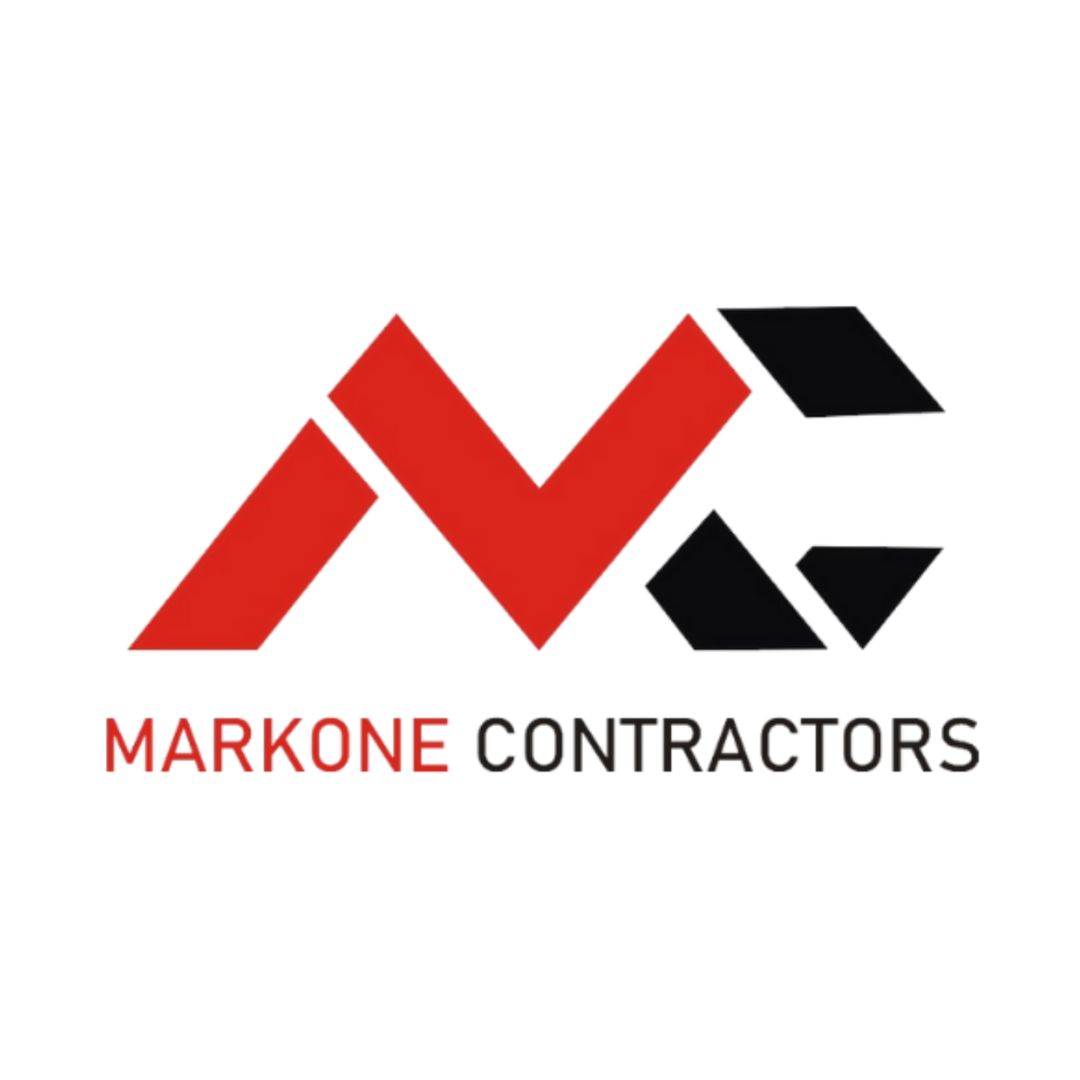

Process To Get Plumbing Estimate Report
Here I am going to share some steps to get plumbing estimate report.
-
You need to send your plan to us.
You can send us your plan on info@estimatorflorida.com
-
You receive a quote for your project.
Before starting your project, we send you a quote for your service. That quote will have detailed information about your project. Here you will get information about the size, difficulty, complexity and bid date when determining pricing.
-
Get Estimate Report
Our team will takeoff and estimate your project. When we deliver you’ll receive a PDF and an Excel file of your estimate. We can also offer construction lead generation services for the jobs you’d like to pursue further.

